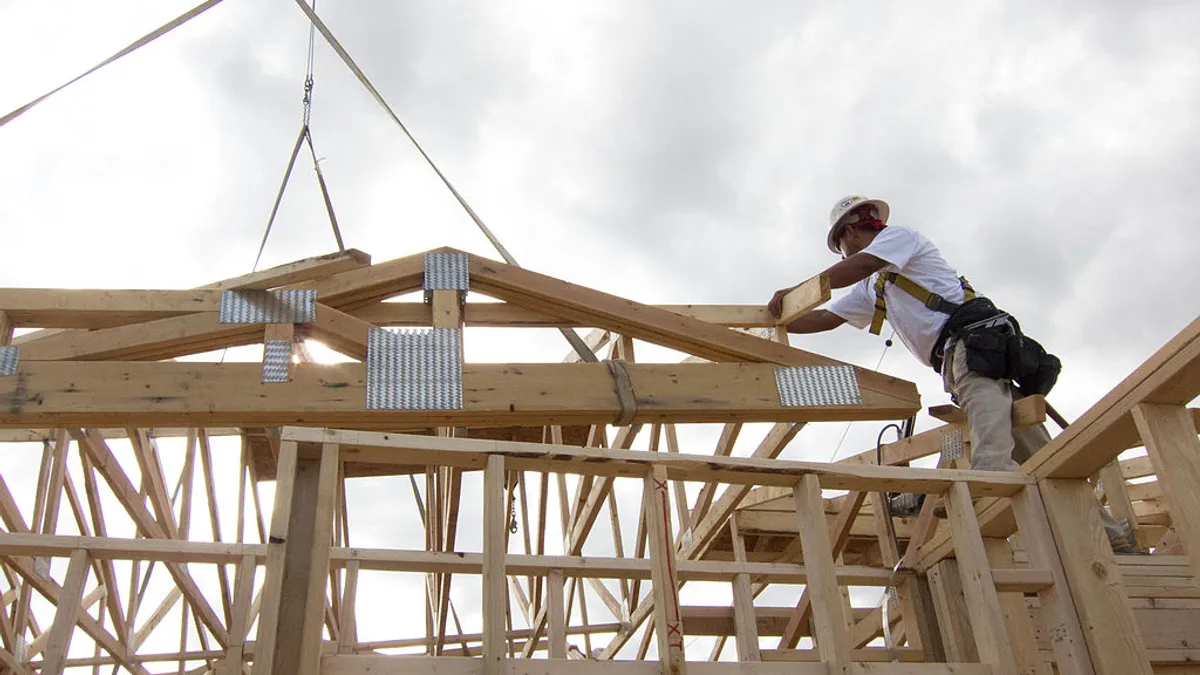Dive Brief:
- The Occupational Health and Safety Administration has issued final revised rules for its walking-working surfaces and fall protection standards, a change the agency estimated will affect 112 million workers at 7 million job sites.
- The agency said the biggest change is that employers will be able to choose from a variety of general and personal fall protection systems. The new rule will also resolve inconsistencies between OSHA's general and construction industry standards.
- OSHA predicted the rule, which goes into effect Jan. 17, 2017, will allow the industry to avoid at least 29 fatalities and more than 5,800 injuries.
Dive Insight:
According to OSHA, the revised regulations will also reflect the latest technology and give employers more flexibility in protecting workers. Assistant Secretary of Labor for Occupational Safety and Health David Michaels said in a press release, "The final rule will increase workplace protection from those hazards, especially fall hazards, which are a leading cause of worker deaths and injuries."
OSHA has eliminated the requirement for guardrails as a key fall protection method and will accept "non-conventional" fall protection systems, dependent on work conditions. The agency said that employers "can choose from accepted fall protection systems they believe will work best in a particular situation."
Other changes include:
- Employers are permitted to use rope descent systems up to 300 feet above a lower level.
- Body belts are now excluded as part of personal fall arrest systems.
- Worker training is now required on personal fall protection systems and fall equipment, and that training is to take place no later than six months after implementation of the revised rule.
One of OSHA's primary, ongoing safety campaigns revolves around fall protection. It routinely fines contractors large amounts for fall violations, and this hazard consistently appears at the top of the agency's annual "most violations" list. This year, fall protection violations outnumbered all other categories at 6,929.
Each year in May, OSHA also sponsors a National Safety Stand-Down week, during which construction-industry companies are urged to hold special events and training that emphasize the importance of proper fall protection. In addition, in what is expected to be a large motivator toward tighter safety practices, OSHA recently instituted a 78% increase in its penalty amounts, the first such rise since 1991.














